Pair of bottles
Painted porcelain with gold highlights
Dimensions : C. 11,5 (cm.)
Paris, second half of the 19th century
An interesting and rich pair of flasks imitating cushions, the corners decorated with tassels, the gilding imitating passementerie. The background, in reserve, is decorated with floral motifs and colourful birds.
The Darte factory
Originally three brothers, in 1795 they started making porcelain and bought a factory on rue de Charonne, while at the same time opening a shop in the Palais Royal. In 1804, they parted company amicably. The brothers Louis Joseph and Jean François founded a new company, keeping the name Darte Frères, and set up shop on rue de la Roquette, while Joseph Darte continued under the name "Darte Ainé à Paris" and moved to rue de Popincourt.
The brothers prospered (from 80 to 100 workers in peacetime) and an advertisement in 1809 announced that the factory bore the title "Manufacture de porcelaine de S.A.I. Madame Mère de S.M. L'Empereur et Roi". In 1816, a second shop opened at 16, rue Vienne (the first in the Palais Royal had already been in operation since 1798). The factory took part in the 1819 exhibition and, as in 1806, won a silver medal. However, things got complicated in 1820 and three years later the brothers divided the company's assets between themselves. In 1824, Louis Joseph went into partnership with one of his sons, Auguste Remi, but the business collapsed 1 year later. In 1828, the company went bankrupt.
Hard-paste porcelain in Paris in the early 19th century
Unlike earthenware, porcelain factories flourished under the Empire, particularly in Paris. The period 1800-1820 can be considered the golden age of porcelain in Paris. There were nineteen porcelain factories in Paris in 1800, but only seven were founded under the Ancien Régime: Dihl et Guérard, Houzel, Lemaire et Josse, Pouyat et Russinger, Schoelcher, Despréz et Nast.
In contrast to the last twenty years of the 18th century, which saw a shift from rocaille to antique simplicity, the first thirty years of the 19th century saw the opposite, moving from antique sobriety to rococo.
Condition report: minor wear, one hair.






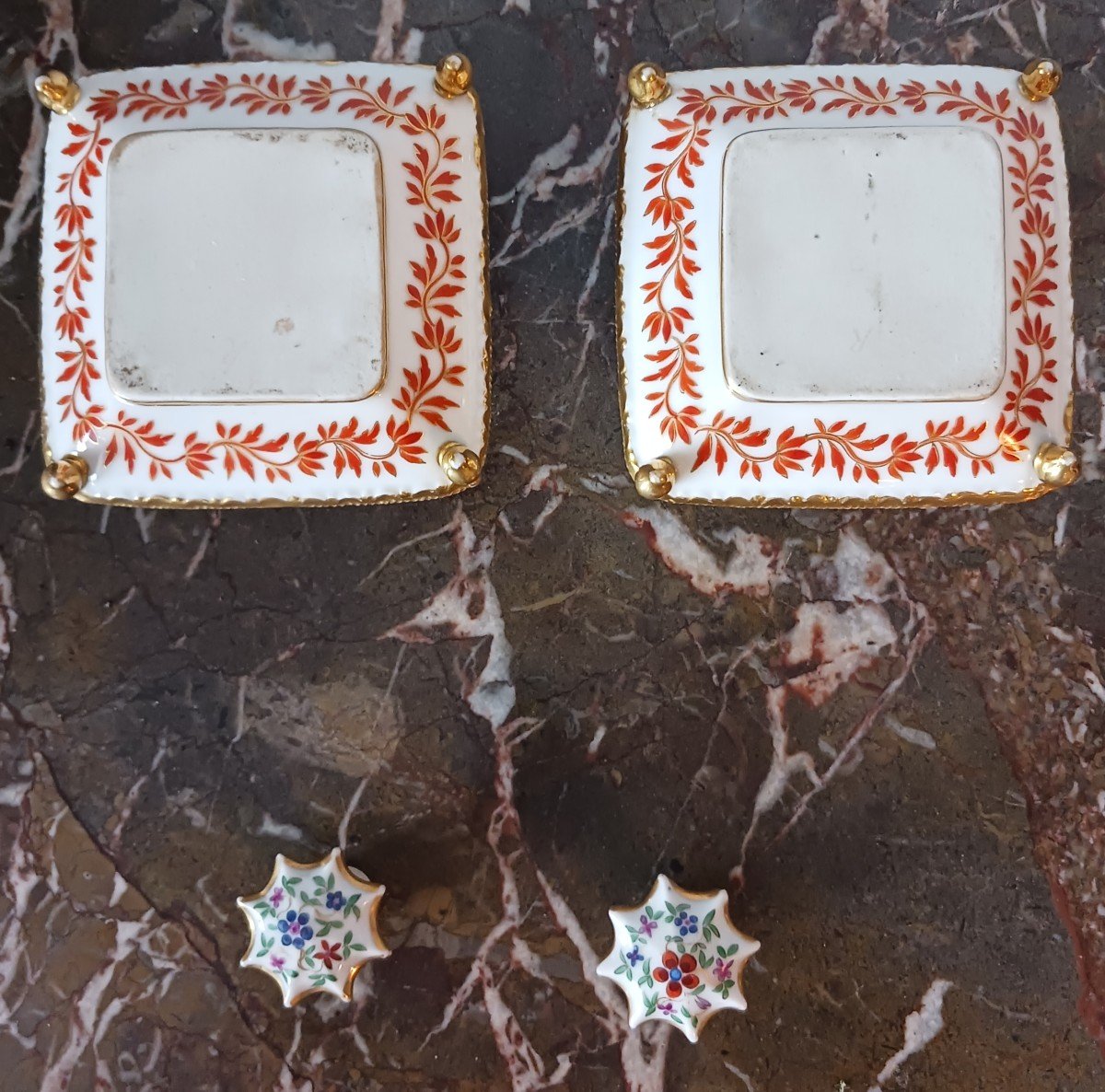



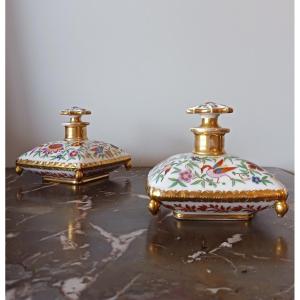













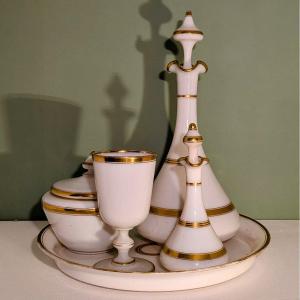
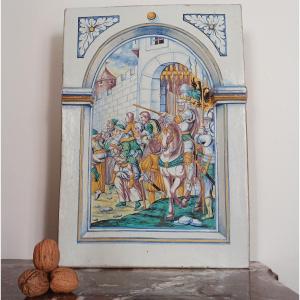



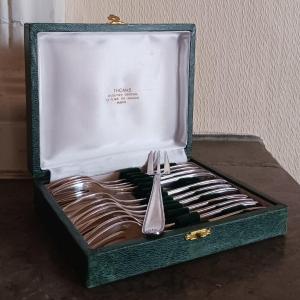
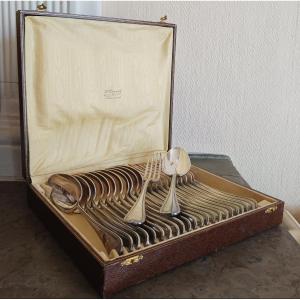

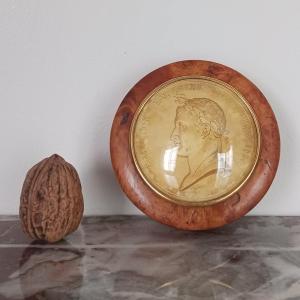


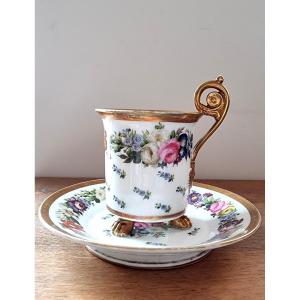
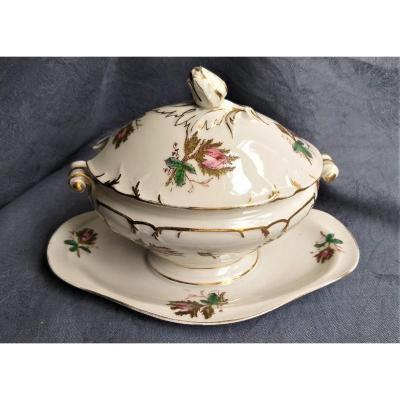
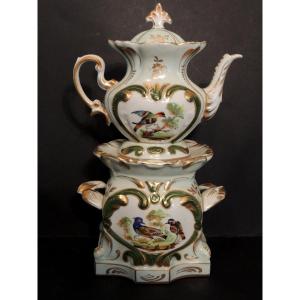
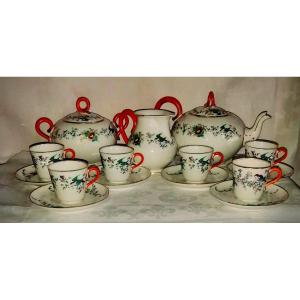



 Le Magazine de PROANTIC
Le Magazine de PROANTIC TRÉSORS Magazine
TRÉSORS Magazine Rivista Artiquariato
Rivista Artiquariato